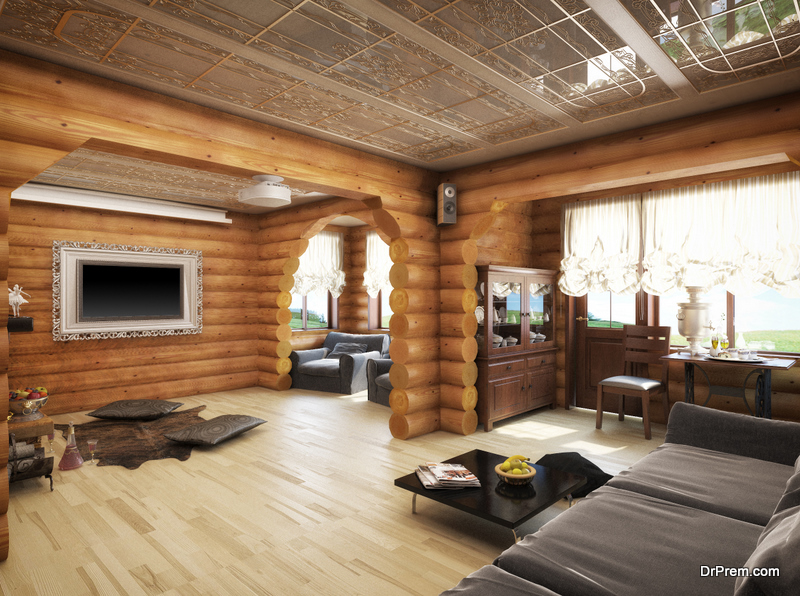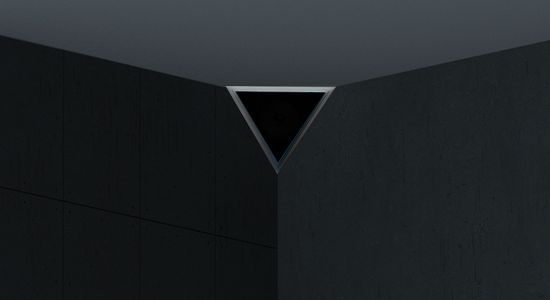Log cabins have been around for a long time, some dating back centuries. Maintaining a log cabin is much different from the maintenance practices for a regular home. Wooden houses are constructed differently and, as such, have a few different maintenance practices. Most log cabins have been unused for years and are at risk of deterioration. The right maintenance practices will keep your log maintenance cabin looking neat and even keep pests away.
To ensure your cabin is in prime condition, here are some log cabin maintenance tips to ease your task:
1. Schedule Yearly Inspections
The most important thing to do when you have a log cabin is to ensure you inspect it regularly and frequently. Inspecting a home monthly or even quarterly may not be feasible or financially prudent. Your best option is to inspect your log cabin at least once a year. Inspections will help keep you one step ahead of any damages or deterioration occurring in any part of the house.
Wooden houses are especially susceptible to termites, something an inspection will help detect early, preventing significant structural damage. Additionally, wood is subject to sunlight and rain throughout the year. An inspection will reveal dead and rotting wood, allowing you to change them before it spreads.
2. Washing
Washing wooden houses helps to keep the wood in optimal condition and extends the life span of the wood. Washing the wood will also help to clean the house and reveal any damages across the cabin. The entire cabin is made of wood so you can wash it all, both interior and exterior. Wash with soap and water alone, avoiding strong chemicals that may damage the wood. If at all you must use something other than soap, be sure to keep it organic.
Dust, pollen, and other particles tend to settle on wood and initially pose no harm. With time, however, the particles will start to cause the wood to deteriorate, ruining your log cabin. You will not only remove any stains or refresh fading colors, but it will also help prevent a need for repairs in the future.
3. Preserve the wood
Wood is a fickle material and naturally deteriorates over time, even without the influence of pests. Thanks to the wonderful miracles of science, your log cabin no longer has to deteriorate. You can use preservatives to improve your log cabin’s lifespan, preventing the actions of nature. Preservatives are usually liquid and can be sprayed to coat the log cabin. With preservatives, the wood in the log cabin will remain fresh and polished all year long.
Preservatives wear off with time, leaving the wood vulnerable once again. Be sure to top up on preservatives frequently before the previous one wears off. This will ensure the wood is never fully exposed to nature and will last much longer than it originally would have. Be sure to apply preservatives in moderation or risk damaging the wood. Some preservatives can also be toxic to inhale, so only apply them when no one is in the cabin or use organic preservatives.
4. Pest Control
Wood has a lot of natural pests which attack at all times, especially when the log cabin is uninhabited. Termites, woodworms, long-horn beetles, and many more all attack wood, and your log cabin is a natural target for them. Pests can destroy the structure and integrity of your home, rendering it uninhabitable. In some cases, pests can be carriers of diseases or attack people directly. For your safety, be sure to apply pest control methods.
Just as you can use preservatives to extend the life of the wood in your log cabin, you can control pests. Pest control methods involve killing the pests or making the wood toxic to them. Some pest control methods are biological, while others are chemical. Use organic methods to ensure you don’t accidentally make your home unhealthy. With the proper pest control, your home will be safe from pests for a long time. Be sure to employ these control methods regularly to keep the pests off.
5. Caulk Cracks
Cracks in wood are common, especially when the wood is old. Weathering, sunlight, rain, and other biological occurrences will cause wood to expand and crack. Applying preservatives can help slow the process down or stop it, but cracks sometimes slip through.
When left alone long enough, cracks will continue to widen until the wood breaks apart or loses its integrity. Cracks can serve as a home for pests and biological organisms, ultimately ruining the wood. Moisture also finds its way into cracks, causing the wood to rot and ultimately deteriorate.
Regularly scheduled inspections are sure to reveal any cracks in their infancy, allowing you to prevent their spread. Be sure to caulk any cracks immediately and discover them for the best chance of stopping the spread.
6. Re-Stain
Re-staining will allow the wood in your log cabin to look fresh and new all year. Over time, the wood in your cabin will begin to fade, causing it to look old and unappealing. Washing and cleaning will help, but the fade is inevitable. Re-staining will ensure the wood doesn’t fade and help polish it up.
All the other maintenance tips listed here are done annually, except for re-staining. Re-staining can be done once a few years or as needed when you notice the wood changing color. There are also a few other perks for the log cabin, including an opportunity to inspect the wood. Re-staining can also temporarily seal cracks, keeping out pests, though you will need to caulk it for a more permanent solution.
Conclusion
Maintaining a log cabin is about consistency, ensuring you get the best results. Employing all the maintenance tips above will not only put your log cabin in the best shape but also help preserve it for a long time. You can employ all maintenance practices simultaneously, ensuring you don’t have to make multiple trips to the cabin.
Article Submitted By Community Writer




